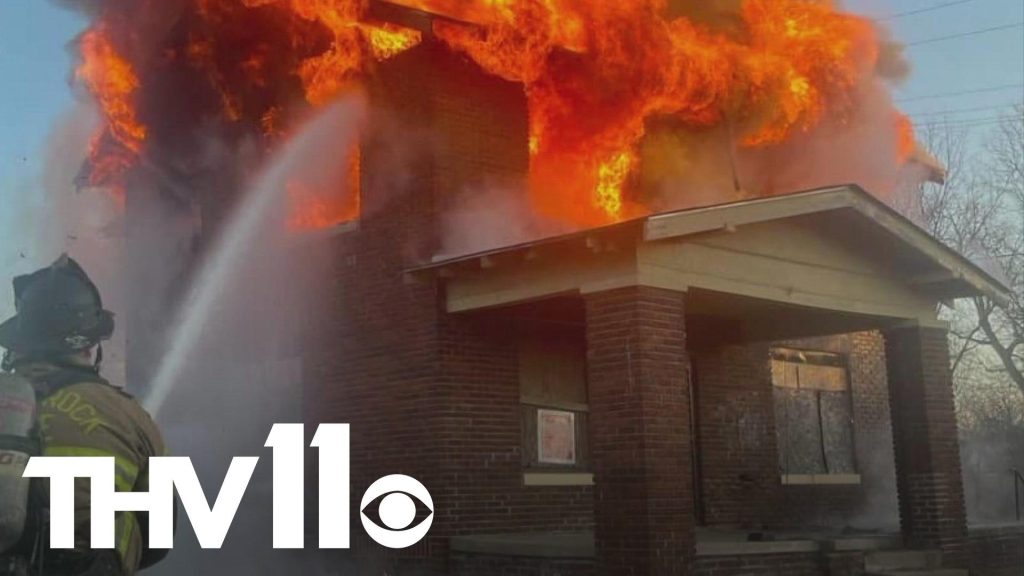When a home sits vacant—whether between owners, during renovations, or as a seasonal retreat—it faces unique risks that many property owners might overlook. Without daily care and attention, vacant homes become especially vulnerable to damage from fires, severe weather, and other unforeseen events. Protecting these properties requires more than just basic insurance; it demands a thoughtful approach to coverage tailored to the specific hazards that empty homes encounter. In this guide, we’ll explore essential strategies and insurance options designed to safeguard vacant homes from fire and weather-related threats, helping homeowners secure their investments and avoid costly losses.
Table of Contents
- Understanding the Unique Risks Facing Vacant Properties
- Key Fire Prevention Strategies for Empty Homes
- Weatherproofing Techniques to Shield Vacant Houses from Damage
- Choosing the Right Insurance Coverage for Fire and Weather Protection
- The Way Forward
Understanding the Unique Risks Facing Vacant Properties
Vacant properties are particularly vulnerable because the absence of regular occupants creates a perfect storm of risks that often go unnoticed until damage occurs. One of the most significant concerns is fire, which can rapidly escalate without anyone present to detect or mitigate it. Faulty wiring, unattended electrical appliances, or even vandalism can ignite a blaze, turning a simple oversight into a catastrophic loss. Additionally, these homes are more susceptible to water damage caused by burst pipes during freezing weather, as there’s no one to address leaks promptly. Without proper maintenance and surveillance, minor issues quickly become expensive repairs.
Beyond fire and water damage, vacant homes face threats from environmental exposure and security breaches. Prolonged exposure to harsh weather conditions — from heavy rain soaking the foundations to wind-driven debris battering windows — weakens the structural integrity over time. Moreover, the lack of human presence often attracts trespassers or squatters, increasing the risk of intentional damage or theft. Property owners must consider these unique hazards in their coverage plans, focusing on protection measures that cater specifically to the vulnerabilities of unoccupied spaces:
- Enhanced fire protection, including regular inspections and installation of smoke detectors with battery backups.
- Weatherproofing measures like sealing openings and insulating pipes.
- Security systems outfitted with motion sensors and surveillance cameras to deter intruders.
- Periodic property checks to identify and address maintenance issues promptly.
Key Fire Prevention Strategies for Empty Homes
Vacant properties are especially vulnerable to fire hazards due to the absence of daily monitoring and quick intervention. Implementing robust prevention measures helps mitigate risks significantly. Start by ensuring all electrical systems are thoroughly inspected and any faulty wiring is repaired. Avoid leaving any appliances plugged in unless specifically designed for continuous use. Additionally, installing smoke detectors and fire alarms connected to a central monitoring service can provide an early warning system, dramatically reducing potential damage.
Physical barriers and regular maintenance are equally essential. Keep the home’s exterior clear of combustible debris such as dry leaves, trash, and overgrown vegetation. Consider installing secure locks and window bars to deter unauthorized access, which is a common cause of accidental fires in empty homes. Routine inspections—both inside and out—should be scheduled to catch issues before they escalate. Fire-resistant materials and automatic sprinkler systems can further enhance protection, creating multiple layers of defense against fire devastation.
Weatherproofing Techniques to Shield Vacant Houses from Damage
Ensuring that a vacant home is well-protected from the elements requires a strategic approach to weatherproofing. Begin by sealing all openings—windows, doors, vents, and cracks—with high-quality weatherstripping and caulking to prevent drafts, moisture, and pests from infiltrating the property. Installing storm windows or protective shutters can add an extra layer of defense against rain, wind, and debris. Additionally, applying waterproof membranes or sealants to the roof and foundation helps divert water away and minimizes the risk of leaks and structural damage during severe weather events.
Maintaining proper drainage around the home is equally critical. Clear gutters and downspouts regularly to ensure rainwater flows away from the foundation, reducing the chances of flooding and mold growth. Elevate or securely anchor outdoor fixtures to withstand gusty winds, and consider using temporary coverings like tarps or shrink wrap for areas that remain vulnerable. Investing in these proactive measures not only preserves the integrity of the structure but also limits costly repairs and insurance claims down the line.
Choosing the Right Insurance Coverage for Fire and Weather Protection
When selecting coverage for fire and weather protection, it’s essential to assess the unique risks your vacant property faces. Not all policies are created equal—some offer broader protection for natural disasters such as hail, windstorm, and lightning, while others focus primarily on fire-related damage. Look closely at the specifics of each policy, paying particular attention to any exclusions that may leave your home vulnerable. Remember, the value of your coverage should reflect both the replacement cost of the property and the potential expenses of repair or remediation after an incident.
Key considerations to keep in mind include:
- Policy limits: Ensure coverage amounts are sufficient to cover total rebuild costs, not just market value.
- Deductibles: Evaluate deductibles to balance affordable premiums with manageable out-of-pocket expenses post-claim.
- Additional endorsements: Consider add-ons for flood or earthquake protection if your area is prone to these hazards.
- Vacancy clauses: Verify that the policy specifically covers vacant properties without penalty or cancellation risks.
The Way Forward
Protecting a vacant home requires thoughtful preparation and the right insurance coverage to safeguard against unexpected fire and weather-related damages. By understanding the specific risks vacant properties face and securing comprehensive coverage tailored to those risks, homeowners can avoid costly losses and ensure their investment remains secure. Don’t wait until disaster strikes—take proactive steps today to protect your vacant home and gain peace of mind knowing it’s shielded against the elements.






